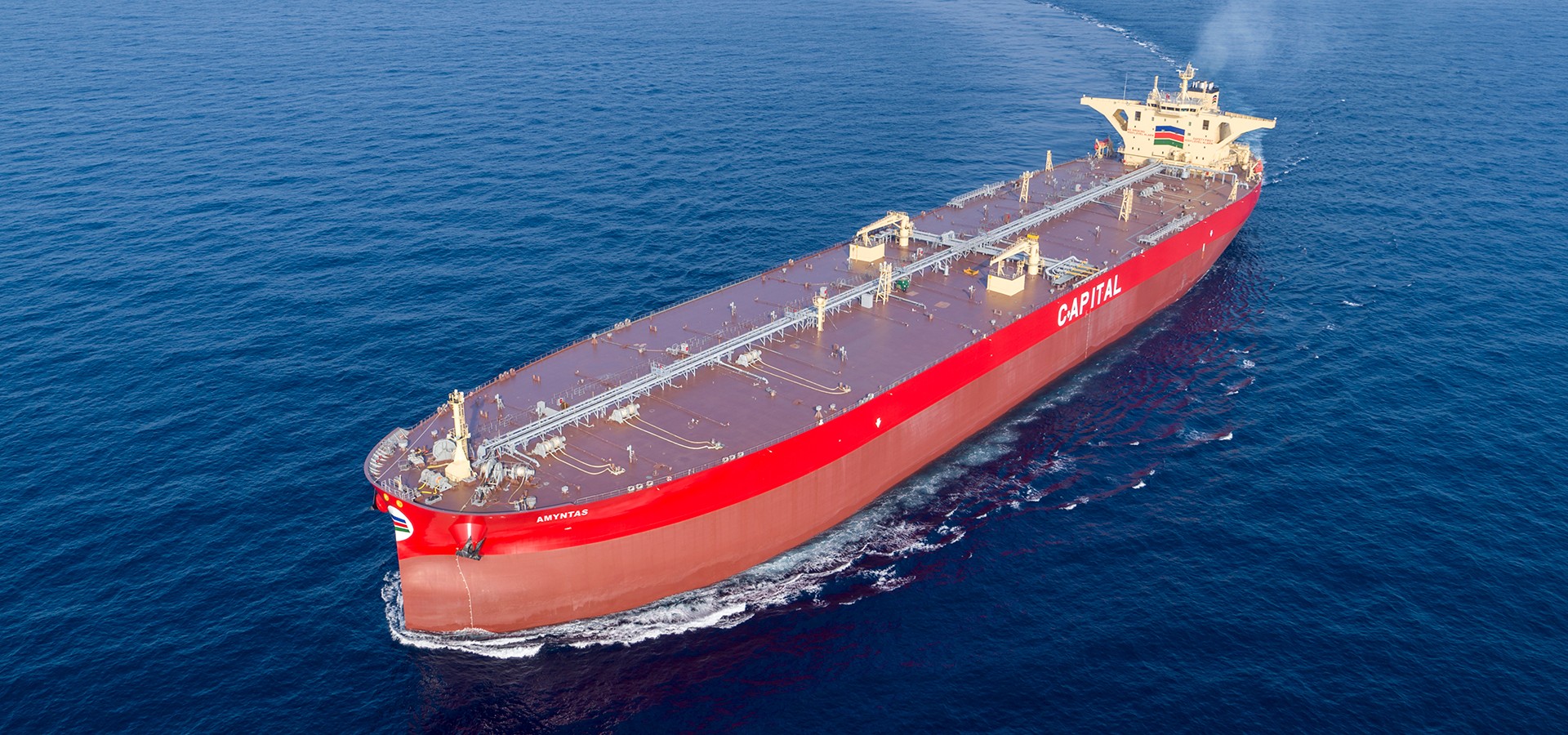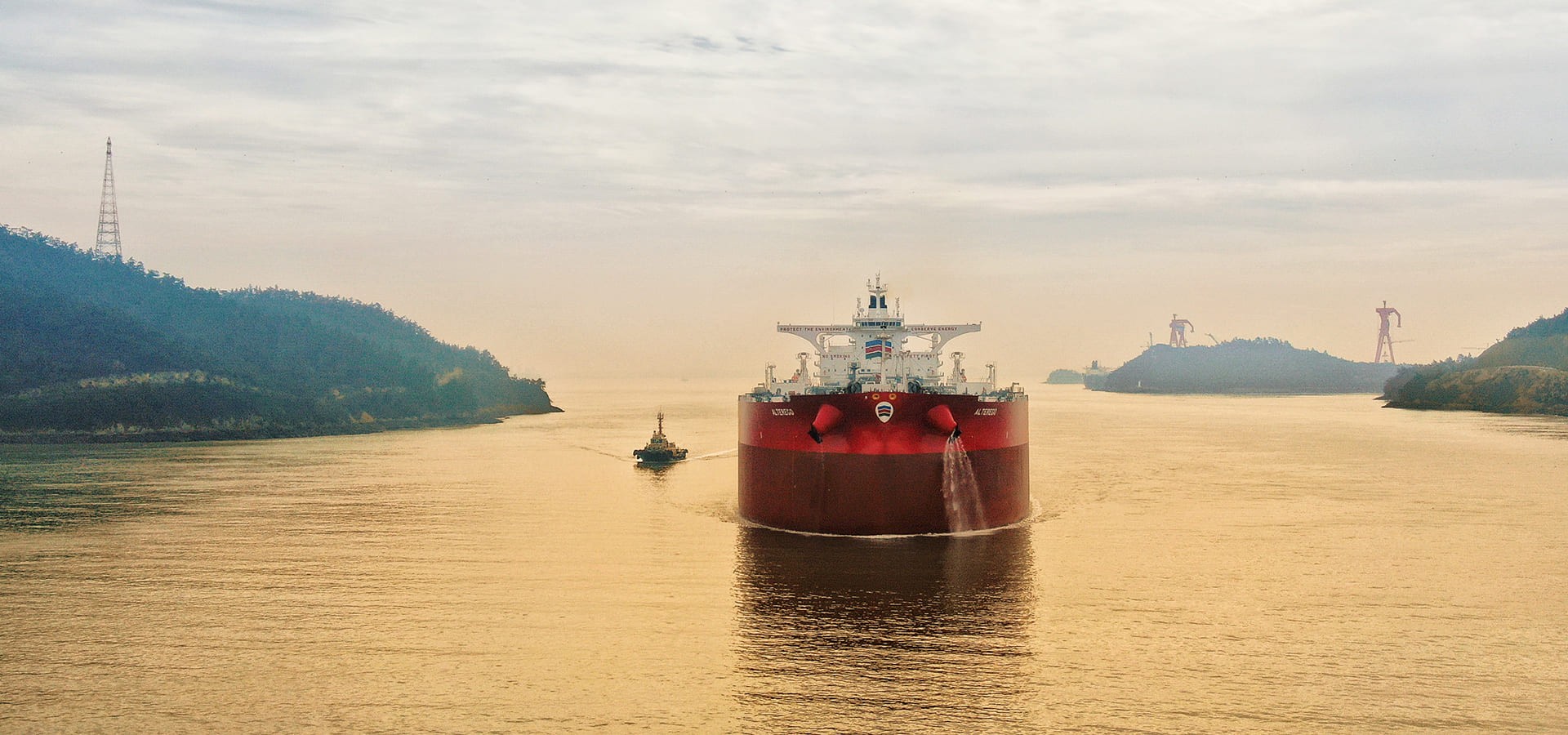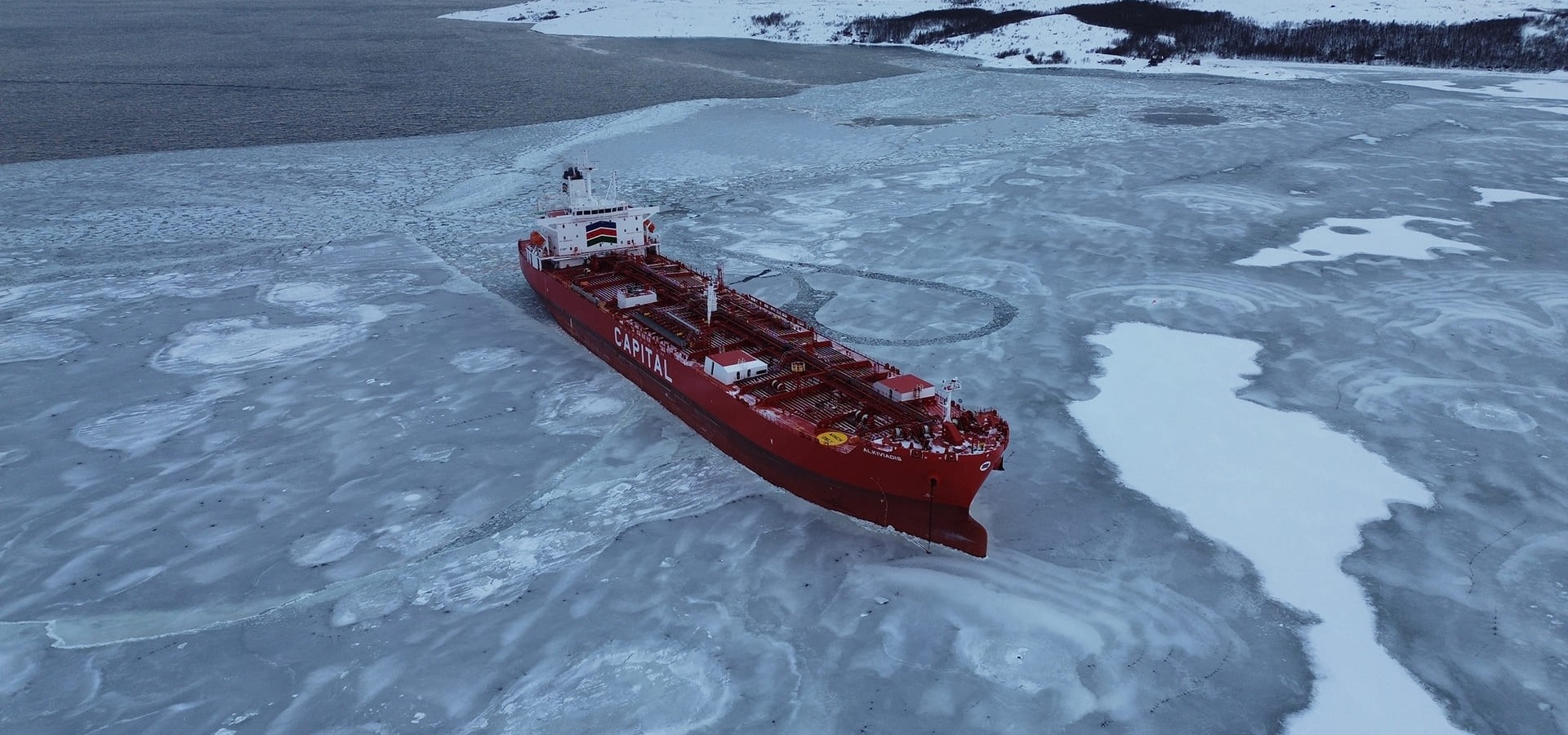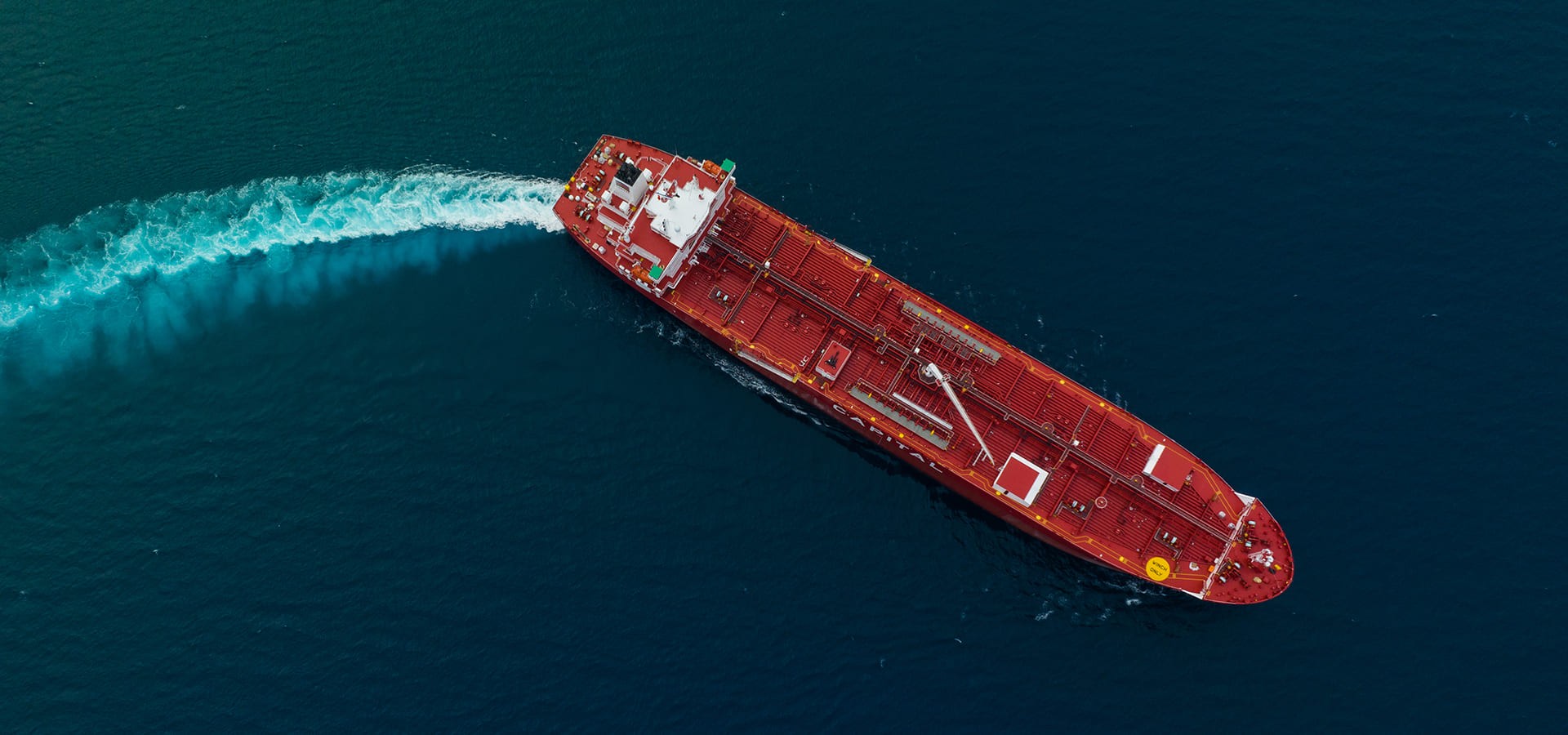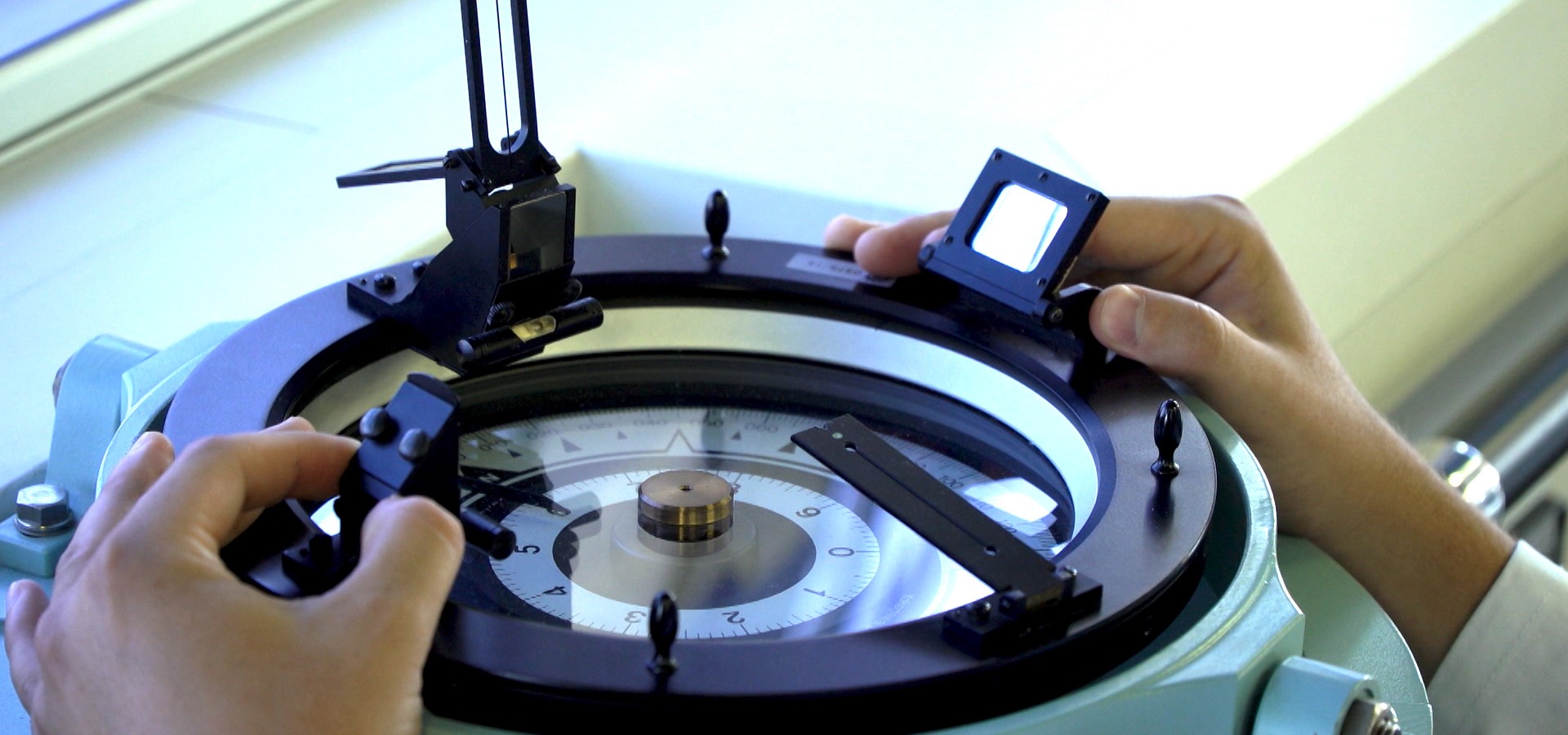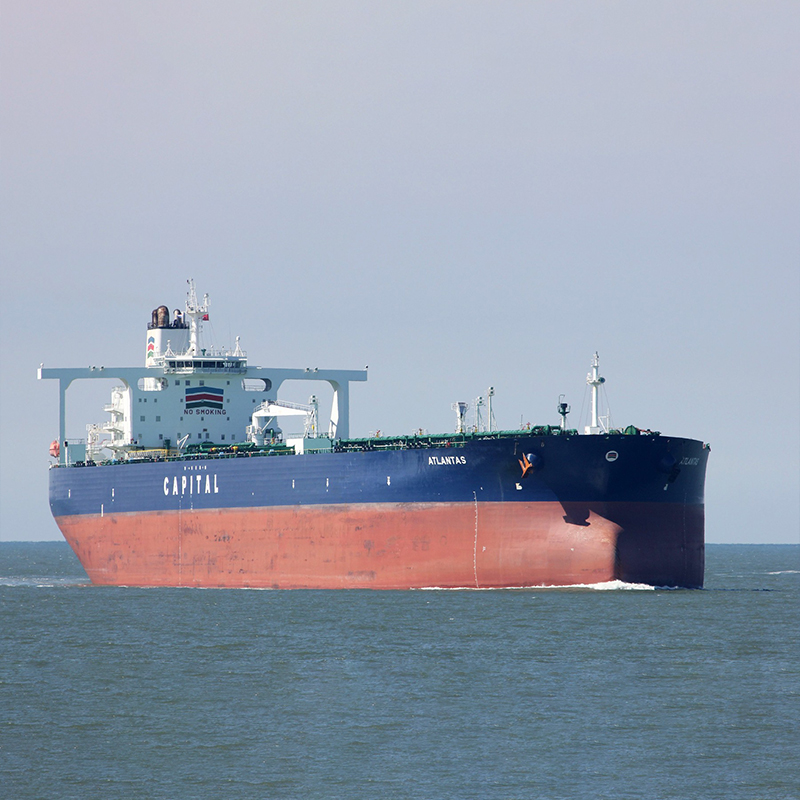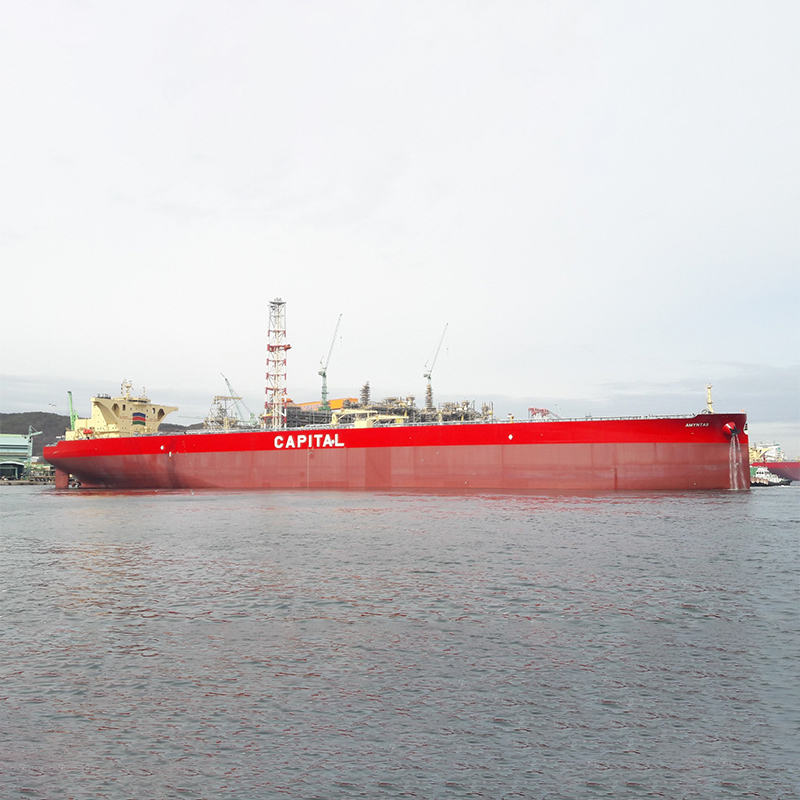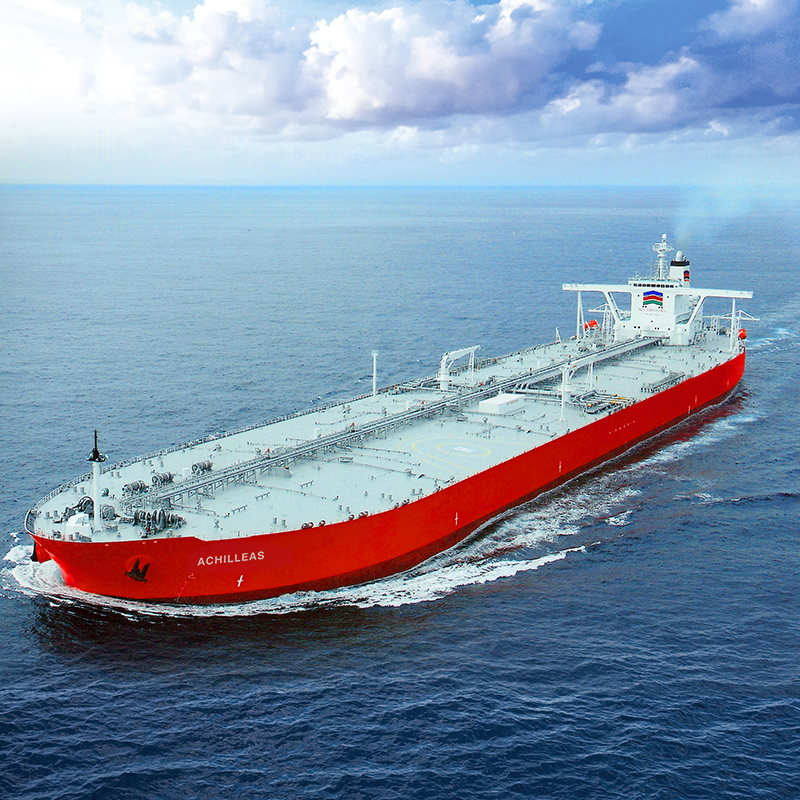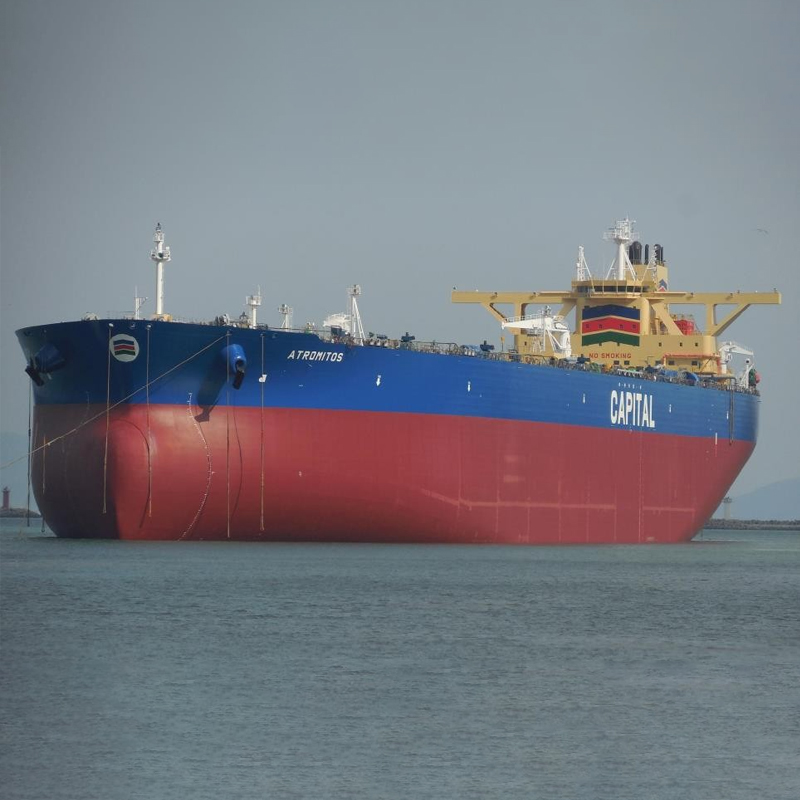Capital Ship Management Corp. is a distinguished oceangoing vessel operator, offering comprehensive services in every aspect of ship management, currently operating a fleet of 35 tankers (11 VLCCs, 11 Aframaxes, 7 MR/Handy product tankers and 0 small tanker) with a total dwt of 5.95 million tons approx.
CONTACT US
Headquarters
Capital Ship Management Corp.
- Address: Capital Building, 3, Iasonos Street, 18537 Piraeus, Greece
- Telephone: +30 210 4584900
- Fax: +30 210 4285679
-
General Enquiries:
-
Safety/Vetting Department:
SEAFARERS
In Capital Ship Management Corp. we are always looking for talented and accomplished individuals. Please register your interest by sending a copy of your CV and a covering letter to our crew department: crew@capitalship.gr

